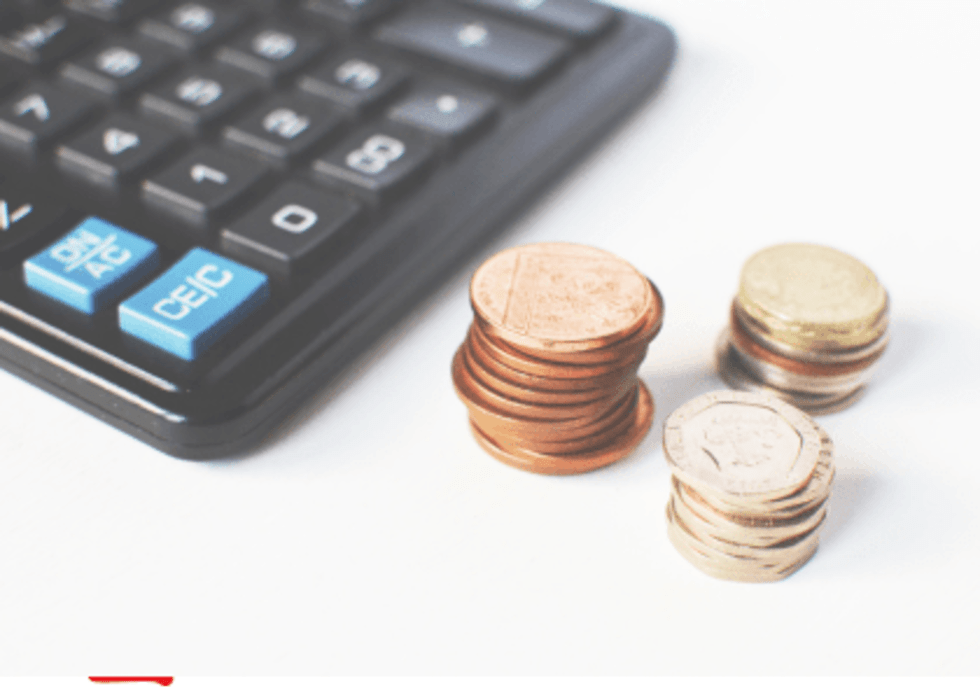As a self employed cleaner, can I claim mileage on my tax return from client to home, as home is my office (for doing admin)?
The simple answer is 'Yes". Though, please read on.
If you spend the majority of your time working for 1 client, then no, you can't claim the drive from home to that client (and back home again). HMRC might regard this as your fixed workplace, so mileage cannot be claimed.
However, if you have multiple different clients, then the answer will be 'Yes' to the above question.
The situation is the same if you have business premises & travel from home to there. Your business premises will be classed as a fixed workplace, so you cannot claim this travel either.
When are motor expenses classed as an "allowable expense"?
An expense is allowable as a deduction only if it is incurred "wholly and exclusively" for business purposes.
Motor expenses are therefore classed as an "allowable expense" if the mileage is wholly and exclusively for business purposes. It can include travel to a temporary work place but it doesn't include:
· Normal travel between home (or anywhere that is not a workplace) and your permanent workplace
· Private travel
Calculating motor expenses
There are two possible way of working out motor expenses if you're self employed:
· Actual expenses, using detailed records of business and private mileage (the 'actual cost method')
· A fixed rate for each mile travelled on business, using HMRC 'simplified expenses'
Use simplified expenses
·Using simplified expenses, you claim a flat rate allowance for business mileage. You can use simplified expenses for cars, vans or motorcycles.
·If you use simplified expenses, you cannot also claim for motoring costs (such as insurance or fuel). Also, it’s important to remember that you cannot claim simplified expenses if you have already claimed a capital allowance for the purchase of the vehicle.
You just need to times your number of miles by the following:
Example:
Let’s assume you’ve driven 12,000 miles in your car:
10,000 miles x 0.45p = £ 4,500
2,000 miles x 0.25p = £ 500
Total you can claim = £ 5,000
Note:
You do not have to use flat rates for all your vehicles. Once you use the flat rates for a vehicle, you must continue to do so as long as you use that vehicle for your business.
You can also claim for other travel expenses, such as train travel, on top of your motor expenses.
Claim for your actual vehicle costs:
If you decide to use the actual vehicle cost method instead, you must keep detailed records of all motor expenses. These might include:
· fuel/oil
· Vehicle tax
· Insurance
· repairs/servicing
· parts
· Breakdown service cover costs
· MOT
· Capital allowances
If the vehicle is used for both private and business purposes, you can only claim for the proportion of the costs that relate to the business use. So, if 70% of your mileage in any year is for business purposes you would claim 70% of your total actual costs that year. You need to keep track of your business mileage in the year, so you can compare your total mileage to your business mileage. This will give you the proportion of costs that relate to business use.
You must make a note of the mileage reading at the start and end of your accounting period when you use this method.
Under the actual cost way, you can also claim capital allowances, but these are restricted to the business use of the vehicle. For example, if the car is used equally for business and private use, you can only claim 50% of the full capital allowance.


